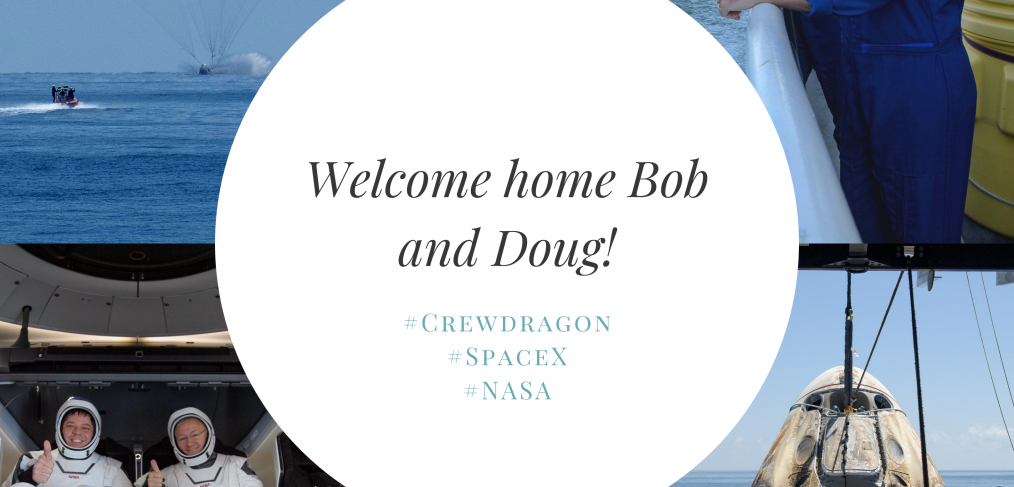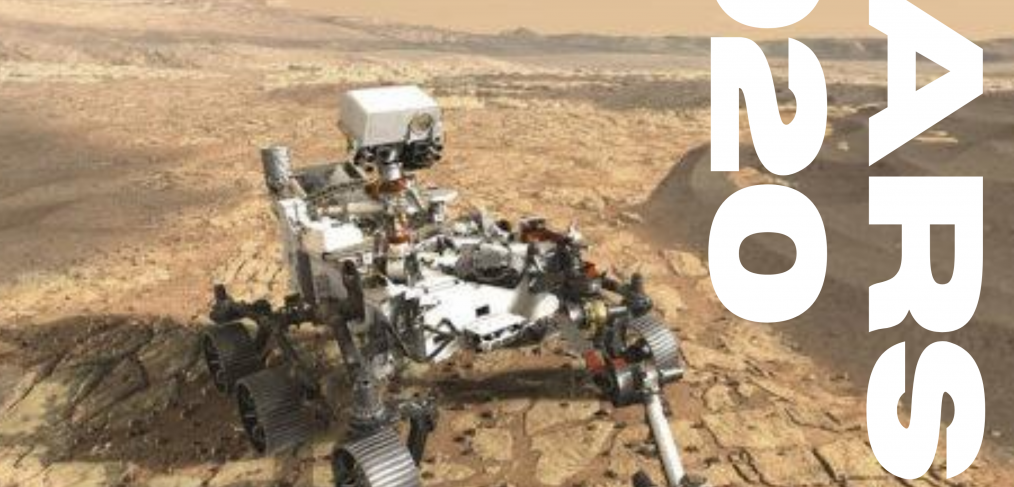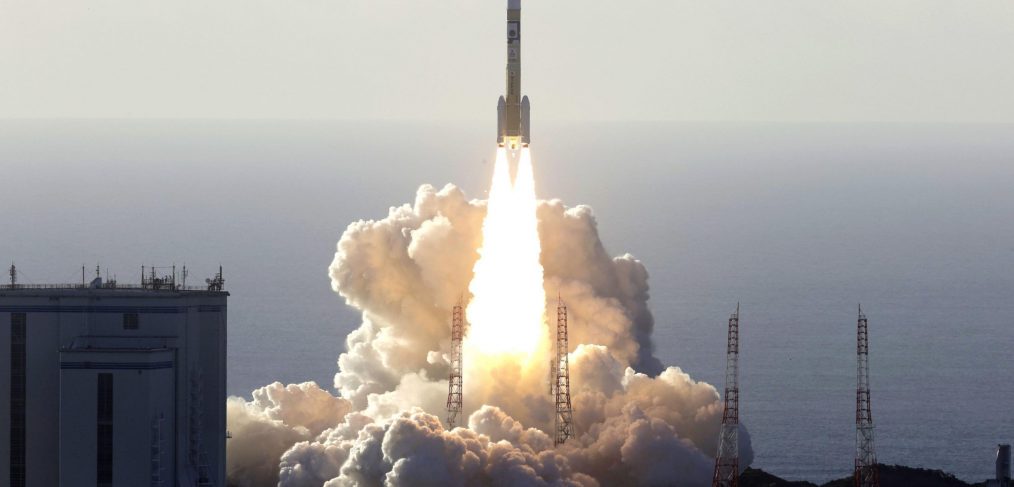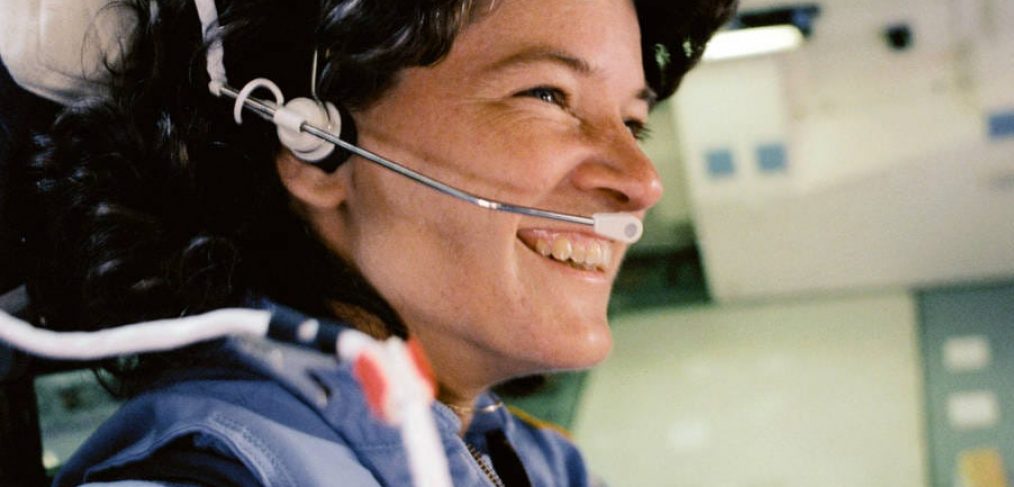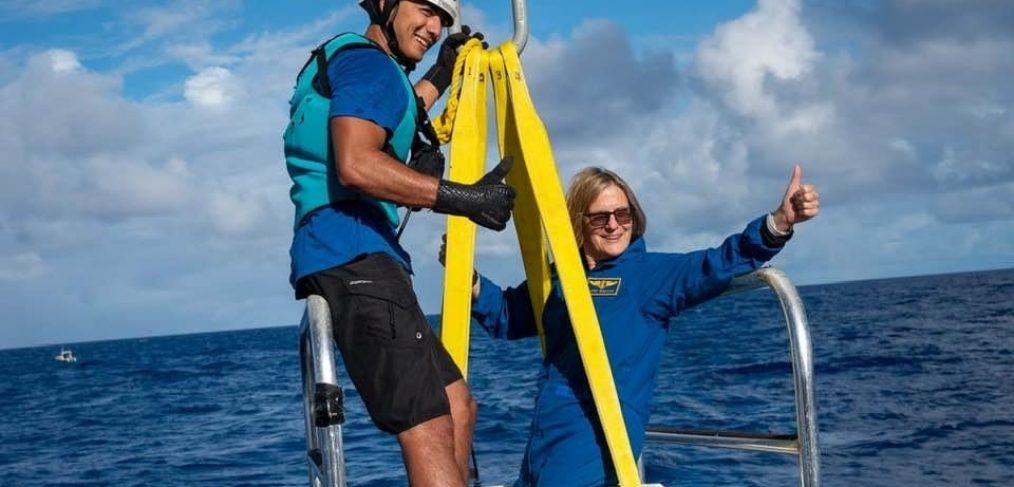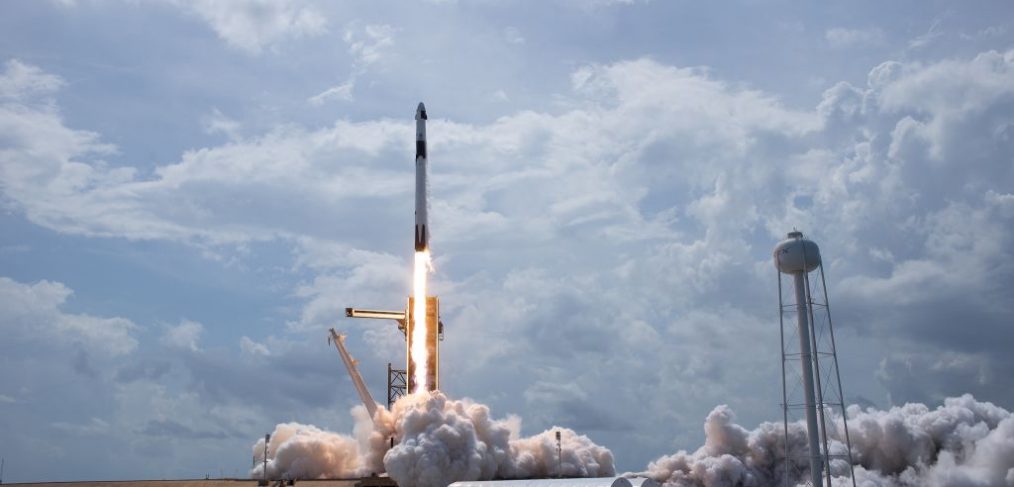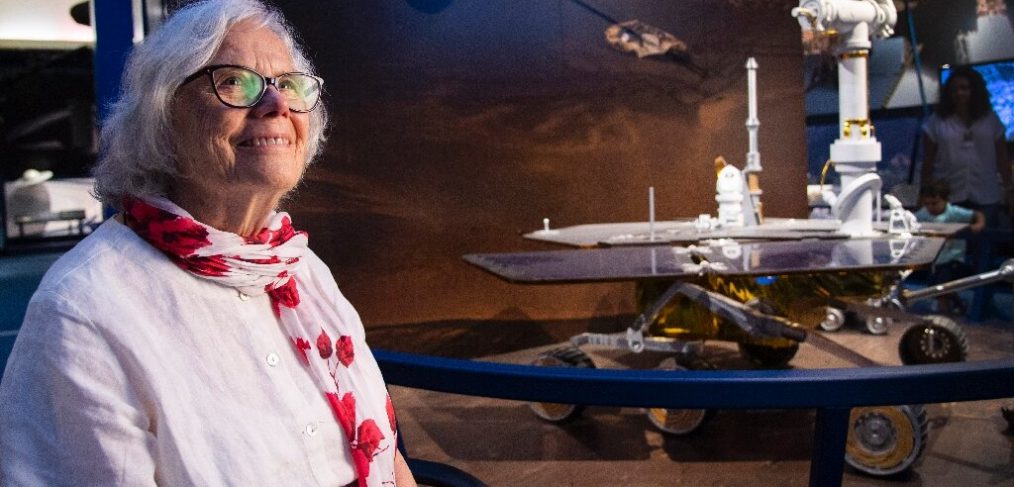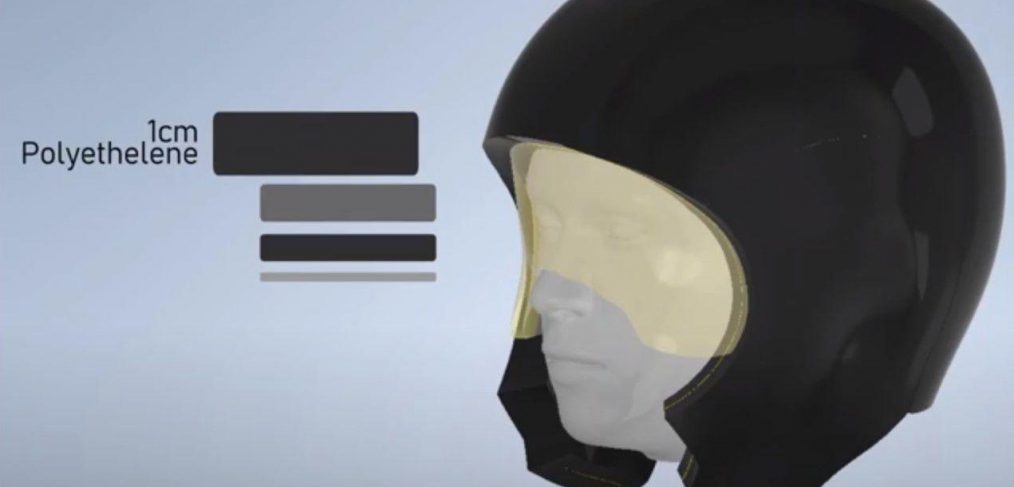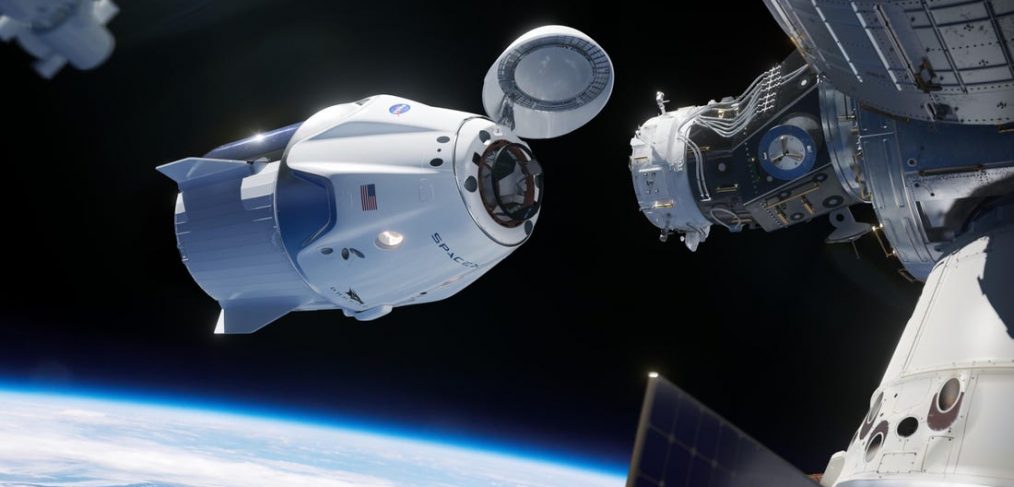Comet C/2020 F3 (NEOWISE) has been putting on a grand show at dawn for binocular users. It’s very far to the north on the sky’s dome, becoming visible now (with optical aid) to observers in the northern U.S. and Canada in the early evening skies as well. Charts and more info here.
We still have to wait for another very bright comet, what astronomers call a great comet. But a wonderful binocular comet has been gracing our early morning skies, and now it’s becoming visible in the evening as well, for observers at northerly latitudes such as those in the northern U.S. and Canada. Later this month, the comet will become visible in the evening for those at latitudes like those further south in the U.S. Some skilled observers have reported that – once you spot it with binoculars – you can remove them and glimpse this comet as a fuzzy ball, using only the unaided eye. Using binoculars or other optical aid is a must, though, if you want to see this comet’s splendid split tail. The comet is called C/2020 F3 (NEOWISE). In this post, we provide charts (below) that can help you see this celestial visitor.
Astrophotographers have been catching Comet NEOWISE before sunup and producing some glorious photos. Just today, we saw a Facebook post from astronomer Bob King in Duluth, Minnesota (see below), clearly showing the comet in the northwest after sunset. Check the bottom of this post for a few more photos, and visit EarthSky Community Photos for many more shots from people around the world of Comet NEOWISE. Thank you to everyone who has submitted photos!
See the full article here.
